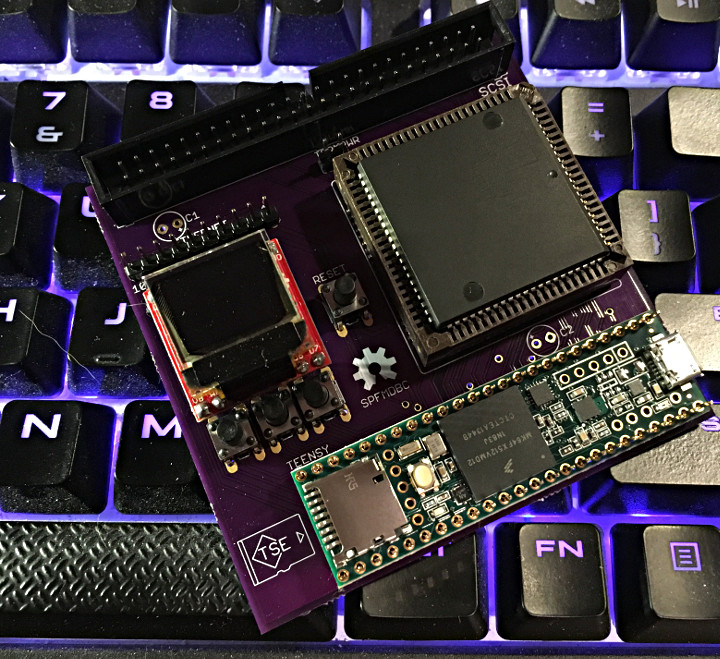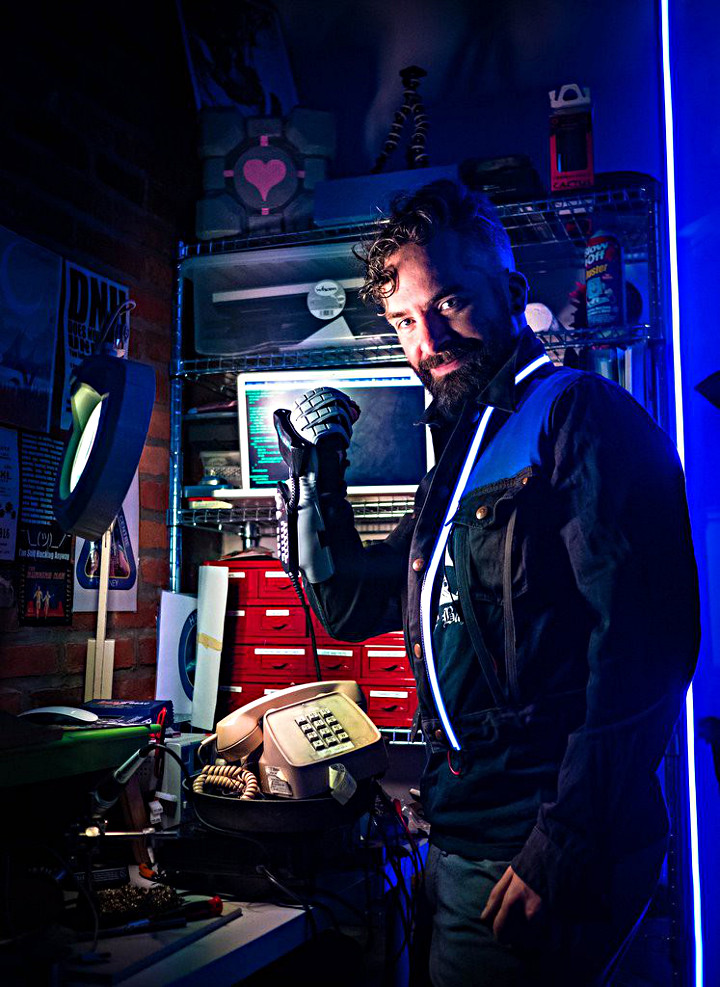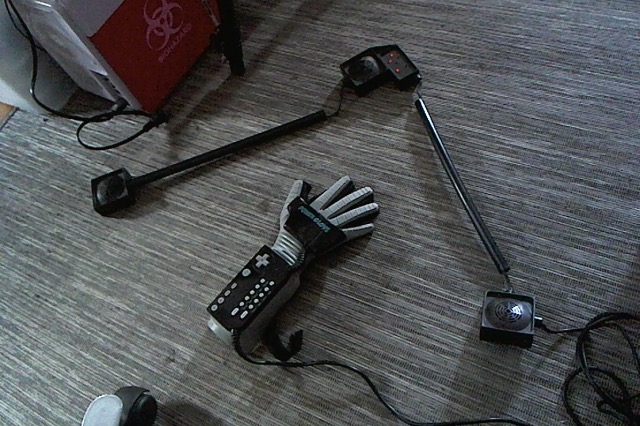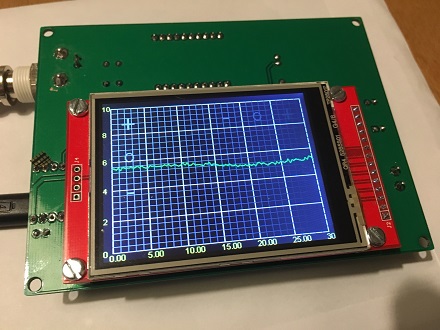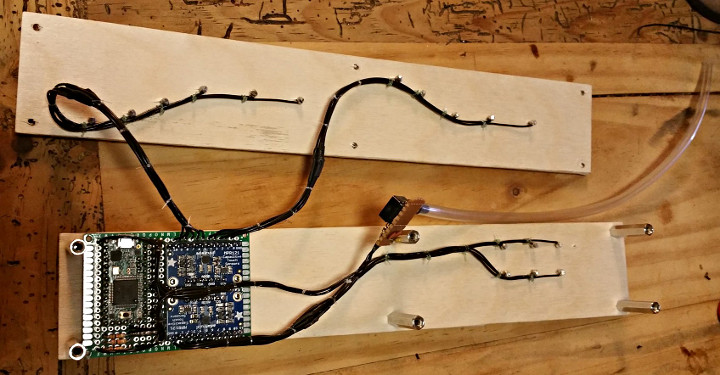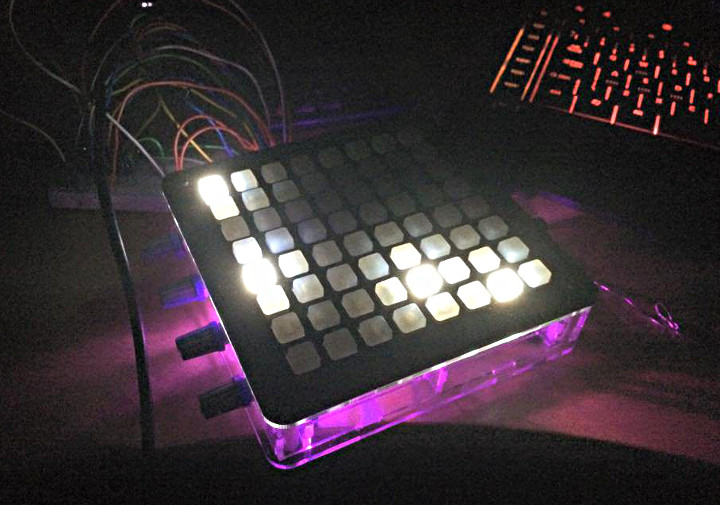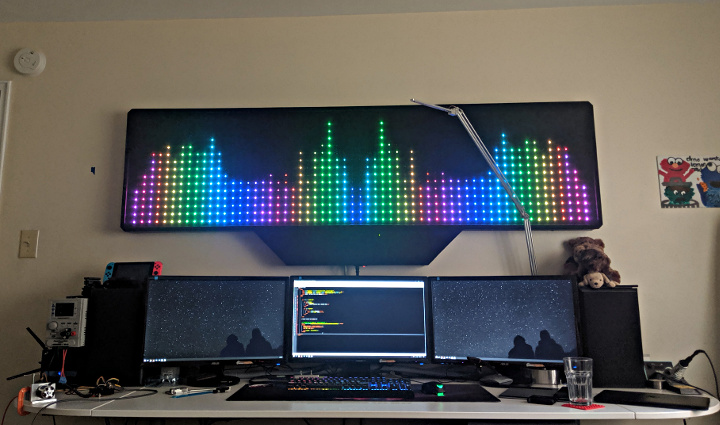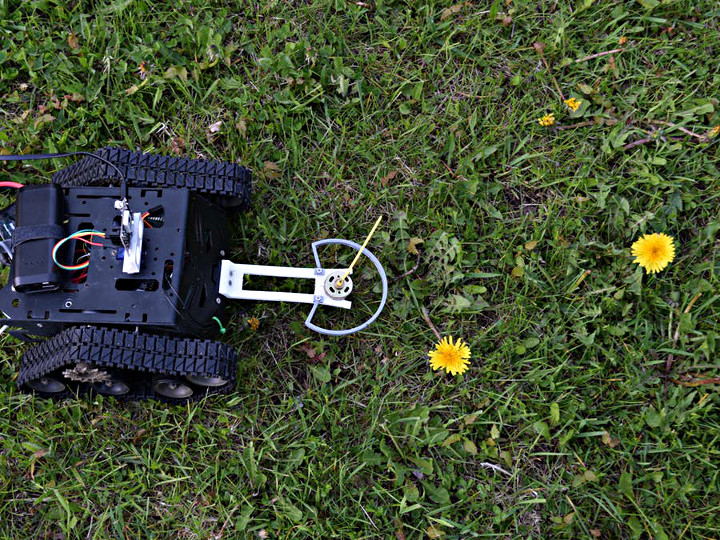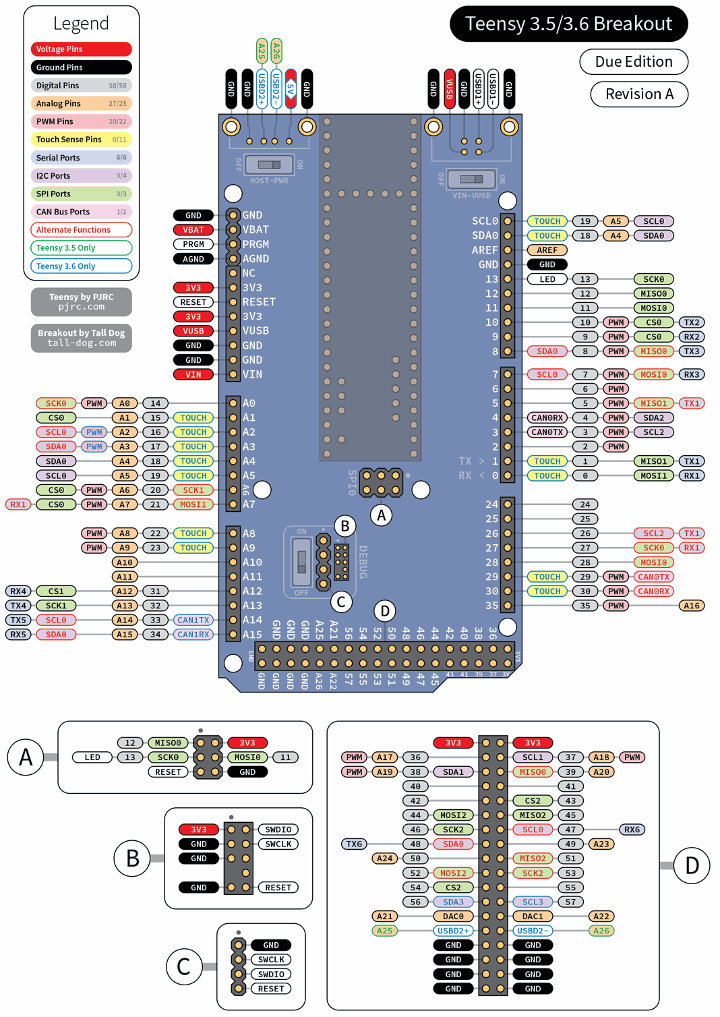Scott Pitkethly of Cutlasses put together an incredible DIY Eurorack Looper.
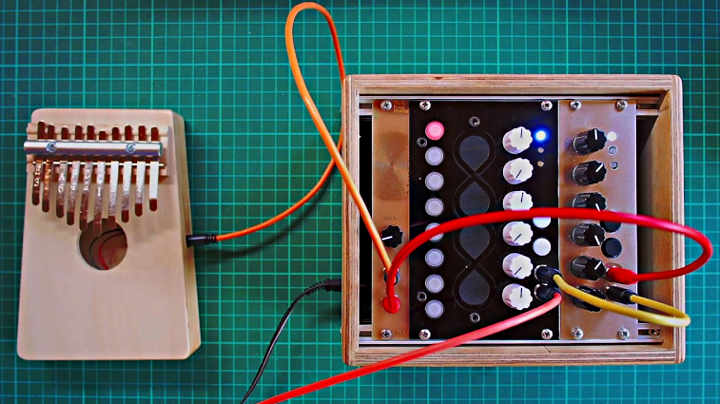
The looper uses the ADC and DAC in the Teensy 3.5 to process the audio. The audio is recorded to an SD card to get past the RAM constraints. SD cards are known for being slow, so two circular buffers are used – one to read the audio and the other to write it.
Once a loop is recorded, you can cut it in real time using the 8 buttons. The buttons communicate with the Teensy via I2C. A shift register is used to scan the buttons and turn the LEDs on and off. The looper also features knobs that allow you to change the playback speed.
Details of the build can be found on this Cutlasses blog page. Code for the project is published on GitHub.
